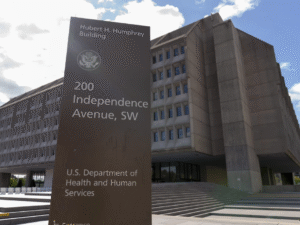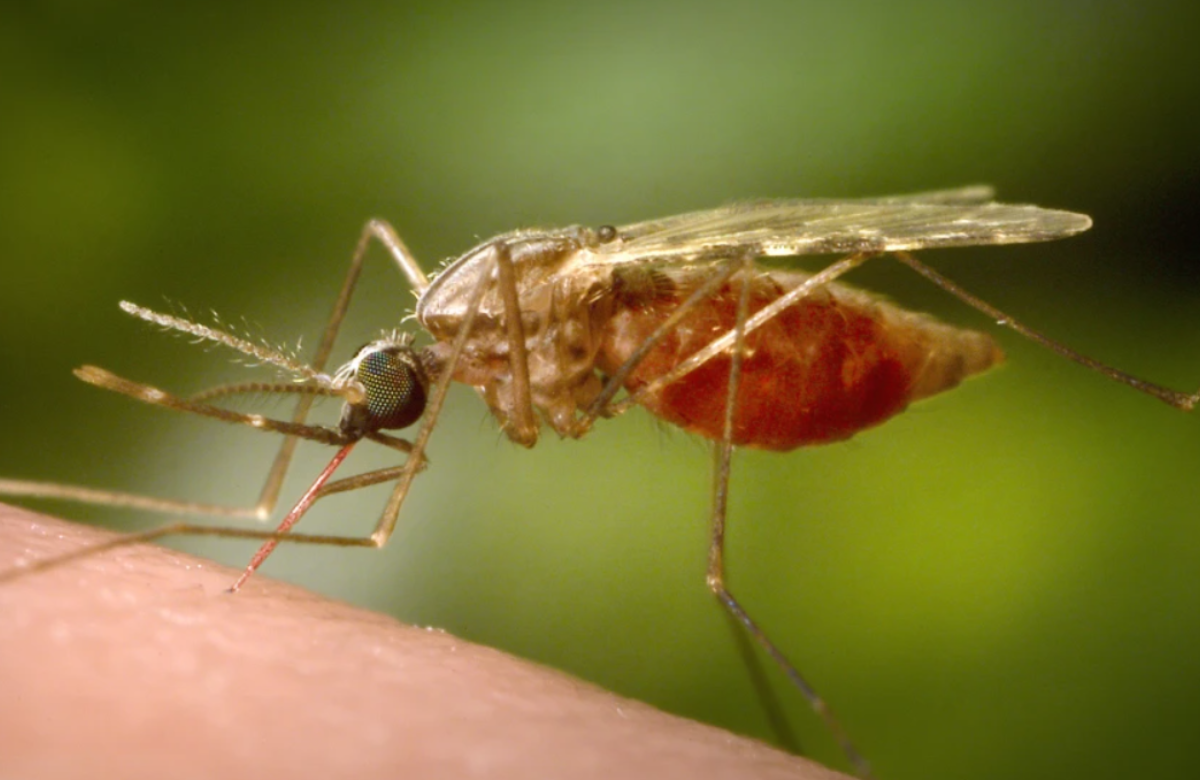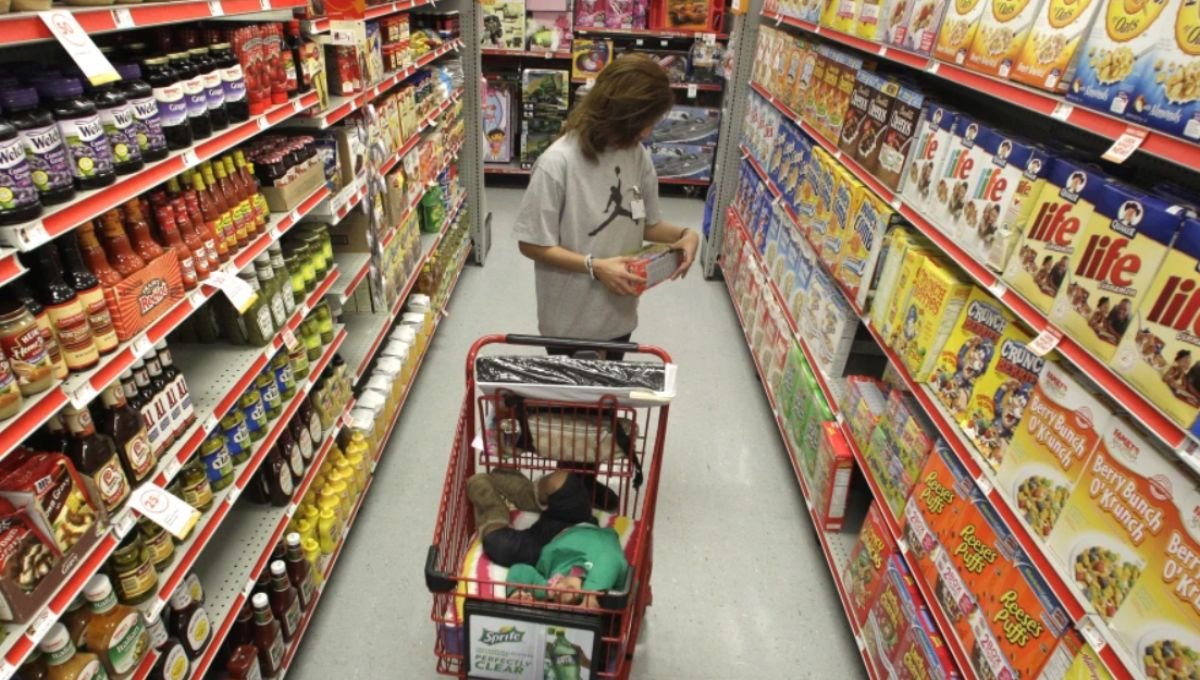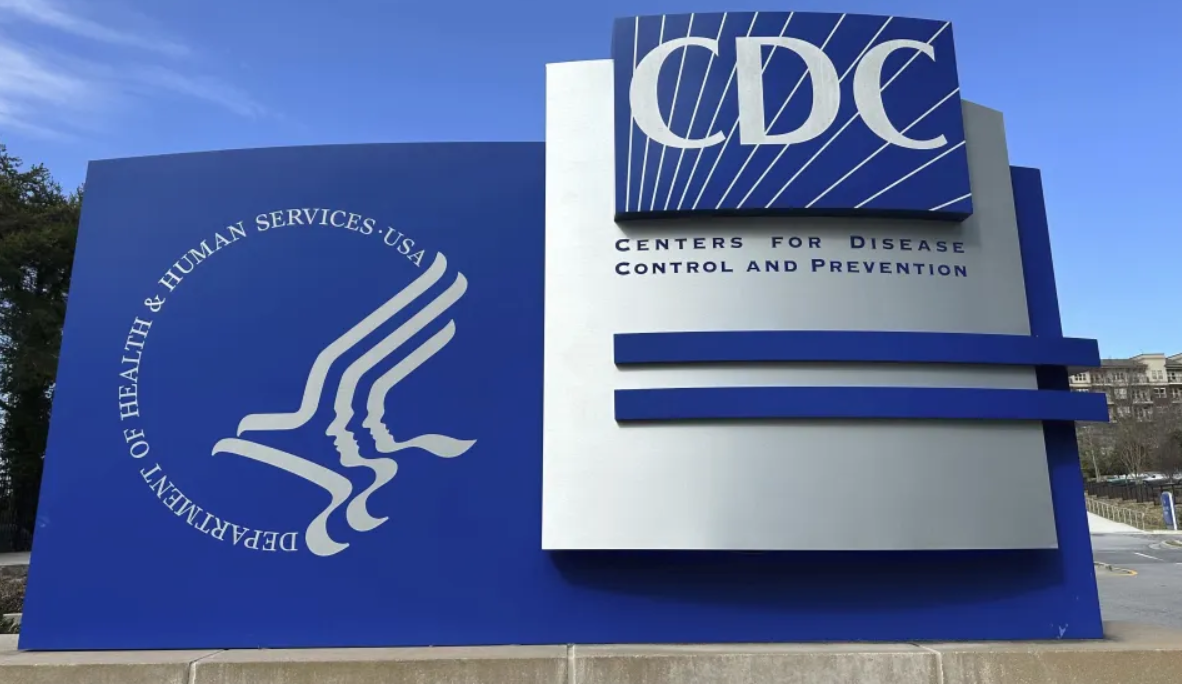New York City and some of its surrounding areas were ordered to close all live poultry markets for one week on Friday after seven cases of avian flu were detected. The virus, which has affected farms across the country, led to the culling of millions of birds and contributed to rising egg prices. Governor Kathy Hochul assured that there is no immediate threat to public health, and the temporary closure of bird markets in the city, as well as its suburbs in Westchester County and Long Island, is being implemented out of caution. No human cases of avian flu have been reported in New York.
The closure order came after infected birds were discovered during routine inspections at live bird markets in the Bronx, Brooklyn, and Queens. The Centers for Disease Control and Prevention (CDC) has stated that the virus poses a low risk to the general public. To date, there have been 67 confirmed human cases of bird flu in the U.S., most of which were mild and primarily occurred among farmworkers who were in close contact with infected poultry or daily cows.
Last month, the first reported death from bird flu in the U.S. occurred in Louisiana. Health officials stated that the individual, who was over 65 years old, had pre-existing health conditions and had been in contact with sick and deceased birds from a backyard flock.
In New York, the state’s order requires live bird markets where avian flu was found to properly dispose of all poultry in a sanitary manner. Markets without detected cases must sell off their remaining poultry, clean and disinfect their facilities, and remain closed for at least five days. They will need to pass state inspections before reopening.
The H5N1 strain of bird flu has been spreading among wild birds, poultry, cows, and other animals. Authorities have advised individuals who handle sick or dead birds to wear protective gear, including respiratory and eye protection, as well as gloves.
The avian flu outbreak has affected more than 156 million birds across the U.S., many of them from large farming operations that had to cull entire flocks. As a result, egg prices in the U.S. are expected to stay high through Easter and into 2025, largely due to the bird flu. Since 2022, nearly 100 million egg-laying hens have been impacted by the highly contagious virus. However, other factors are also contributing to the supply shortage and rising prices, including a significant increase in consumer demand for eggs in recent years. Additionally, fast-growing breakfast and brunch chains are also consuming large quantities of eggs.














